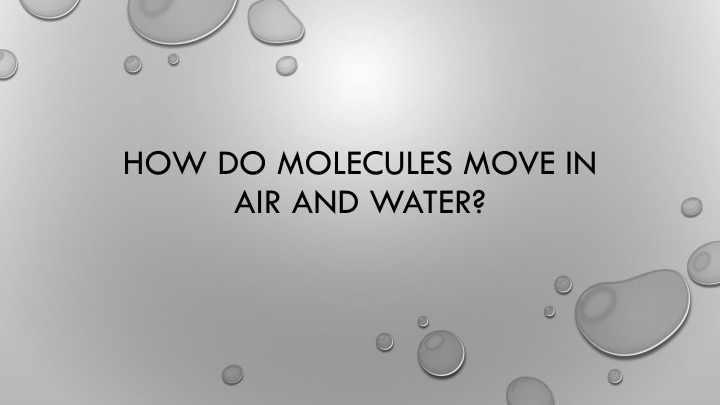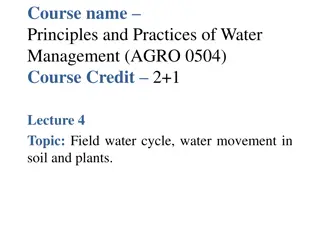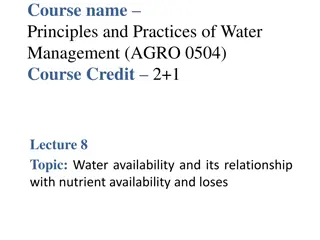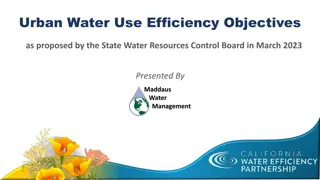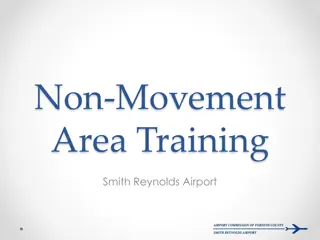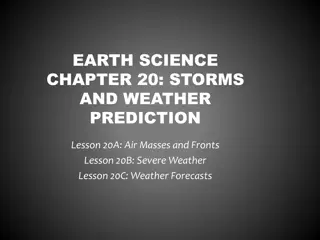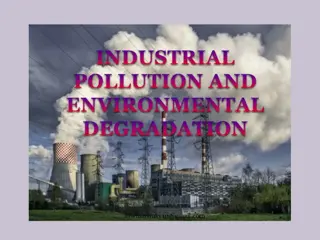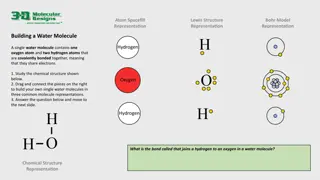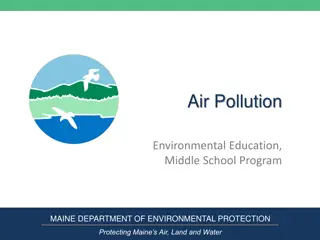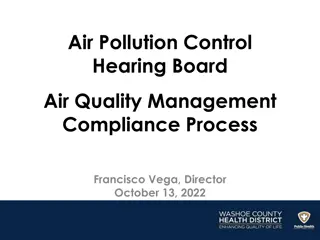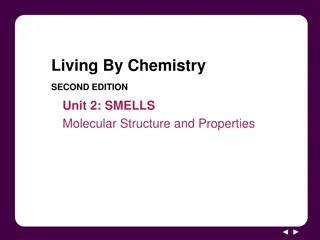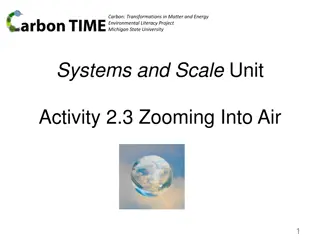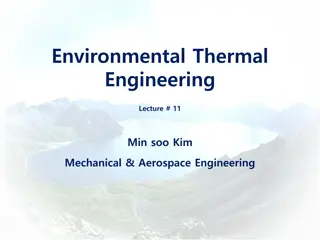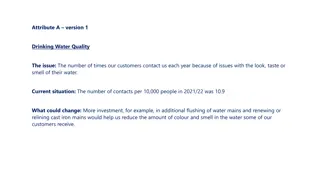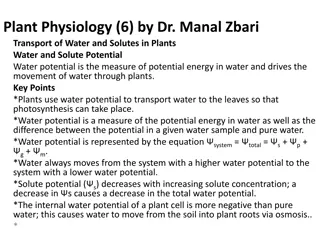Molecules in Air and Water Movement
Molecules move differently in air and water due to their kinetic properties. Explore how molecules cross cell membranes and the interaction between spray and air molecules. Dive into senses of taste and smell, understand the kinetic theory of gases, and observe the behavior of molecules in hot and cold water demonstrations. Engage in hands-on activities to model molecule movement in everyday scenarios.
Download Presentation

Please find below an Image/Link to download the presentation.
The content on the website is provided AS IS for your information and personal use only. It may not be sold, licensed, or shared on other websites without obtaining consent from the author.If you encounter any issues during the download, it is possible that the publisher has removed the file from their server.
You are allowed to download the files provided on this website for personal or commercial use, subject to the condition that they are used lawfully. All files are the property of their respective owners.
The content on the website is provided AS IS for your information and personal use only. It may not be sold, licensed, or shared on other websites without obtaining consent from the author.
E N D
Presentation Transcript
HOW DO MOLECULES MOVE IN AIR AND WATER?
BELL WORK WHAT ARE SOME MOLECULES THAT WE SAID NEEDED TO GET FROM ONE SIDE OF THE CELL TO THE OTHER? NAME AT LEAST 3. HOW DO THEY GET ACROSS THE CELL MEMBRANE (PASS RIGHT THROUGH OR THROUGH A PROTEIN CHANNEL)? **YOU WILL NEED 2 COLORS TODAY FOR THE STORYBOARDS -PENS, CRAYONS, COLORED PENCILS, HIGHLIGHTERS, OR A PENCIL AND 1 OTHER COLOR -IF YOU NEED SOME COLORED PENCILS COME GET SOME NOW ASSIGNMENTS: HOW DO MOLECULES MOVE IN AIR AND LIQUID? EGG DIFFUSION/OSMOSIS LAB TURN IN: CELL ANALOGY AND BELL WORK WEEK 4 (2 PILES ON THE FRONT TABLE NOW)
HOW DOES THE SENSE OF TASTE WORK? HOW DOES THE SENSE OF SMELL WORK? IS THE SENSE OF SMELL SIMILAR TO SENSE OF TASTE?
DEMOS OBSERVE AND BE READY TO TRY TO EXPLAIN. SPRAY WHAT S GOING ON? DO YOU NOTICE ANY PATTERNS? HOW IS THE FRAGRANCE TRAVELING THROUGH THE AIR? DESCRIBE WHAT YOU ARE ENVISIONING IS HAPPENING AT THIS MICROSCOPIC LEVEL IN EVERYDAY LANGUAGE (NOT SCIENCE-Y)
MODEL USING THE TABLE TOPS TRY TO MODEL HOW THE SPRAY SPREAD THROUGHOUT THE ROOM. USE A DIFFERENT COLOR TO REPRESENT THE SPRAY MOLECULES AND THE AIR MOLECULES IN THE ROOM. TRY TO SHOW HOW THEY INTERACT. CAN YOU SHOW THIS IN ONE PICTURE? WHY OR WHY NOT?
Storyboards Spray: Cold water: Hot Water
KINETIC THEORY OF GASES HTTPS://PHET.COLORADO.EDU/EN/SIMULATION/GAS-PROPERTIES WHAT HAPPENS TO MOLECULES AS YOU HEAT THEM UP? WHAT HAPPENS TO GAS MOLECULES AS YOU COOL THEM DOWN?
DEMOS HOT VERSUS COLD WATER DESCRIBE WHAT YOU SAW MACROSCOPICALLY EXPLAIN YOUR OBSERVATIONS IN TERMS OF THE PARTICLE MODEL WE HAVE DEVELOPED SO FAR (SMALL, SEPARATE PARTICLES IN MOTION THAT MOVE RANDOMLY BY COLLISION). WHAT IS DIFFERENCE BETWEEN THE COLD AND WARM WATER? WHAT ARE WE ADDING TO THE BEAKER ON THE LEFT?
Storyboards Spray: Cold water: Hot Water
REFLECTION WHEN MOLECULES MOVE, DO THEY TEND TO MOVE FROM A LOW TO HIGH CONCENTRATION OR HIGH TO LOW CONCENTRATION? WHY DO YOU THINK THIS HAPPENS AND WHAT EVIDENCE FROM TODAY PROVED THIS? WHAT IS THIS TYPE OF MOVEMENT CALLED?
